With the call for entries to the RIAI Awards 2023 now open, architects around the country are rolling up their sleeves to shine sophisticated spotlights on their best and most admirable edifices. To be eligible, buildings must have been completed in 2022. What might an all-time list of Ireland’s best buildings look like?
Oldest and wisest
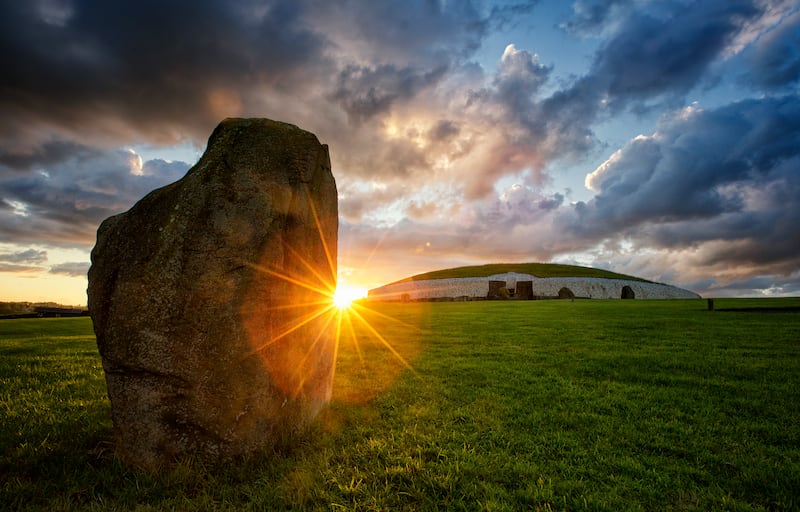
Who knows what great buildings we have lost in the mists of time? Before we got the hang of representational art, and way before photography, things had to have been made of stone to survive. So step up Newgrange, which, dating from 3200 BC, give or take a few decades, predates both Stonehenge and the pyramids. Newgrange also makes the astonishing beehive huts on Skellig Michael seem like flashy newcomers, at a mere 1,500-odd years old. The origins of Gallarus Oratory in Dingle are disputed as, variously, early Christian and 12th century, but it too is architecture. Winner? Newgrange, by more than 1,000 years.
Gorgeous Georgians
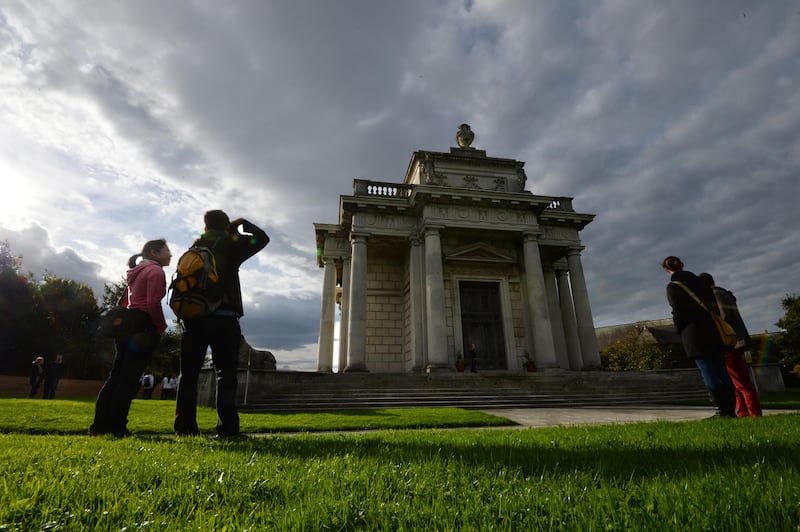
For many, Ireland’s capital city is defined by the Georgians, and Georgian Dublin does include the beautifully intact Merrion and Fitzwilliam Squares, plus the view down Mount Street Upper to the Pepper Canister Church (real name St Stephen’s). Then there’s the epic Palladian extravaganzas of the Custom House; and Castletown and Carton Houses, in Co Kildare, all proving that architects such as James Gandon, Richard Cassels and Edward Lovett Pearce knew a thing or two about symmetry and grandeur. But the winner? It has to be the Casino at Marino. Designed by William Chambers in the 1750s as a pleasure house, it’s a perfect pleasure, full of hidden trompe-l’oeil treats and surprises. Reopening to visitors in the spring.
Modernist masterpieces
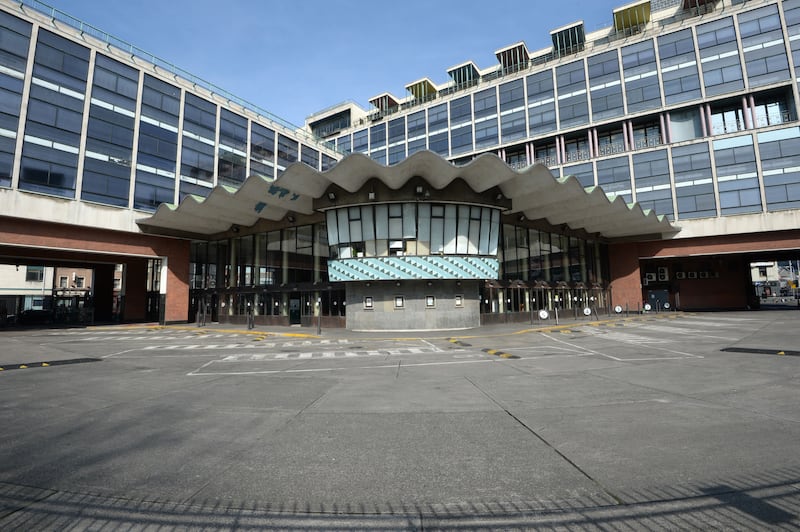
Perhaps because Georgian architecture was so defining, or possibly because it once looked so unapologetically new, modernism took a while to settle into affection in Ireland. RIAI gold-medal winner in 1949, Alan Hope’s Aspro Factory in Dublin was subsequently demolished. Credited to Michael Scott and Partners, but designed by Robin Walker (before the practice morphed into Scott Tallon Walker), the O’Flaherty House is a brilliant modernist pavilion on the waterfront in Kinsale, which won a silver medal for housing in 1965. Today it is, sadly, dwarfed by the overscaled glass boxes it later inspired. Also by Michael Scott, the RTÉ buildings (the television studios rather than the radio centre) are special, but the runaway winner has to be yet another Michael Scott building: Busáras. Gold medal winner in 1955, the Dublin coach station is a building that needs far more love and attention than it currently gets, although it was the subject of a 2021 book, The Dignity of Everyday Life, by Eoin Ó Broin and Mal McCann.
READ MORE
[ Ireland finally falls for modernism a century onOpens in new window ]
Fabulous follies
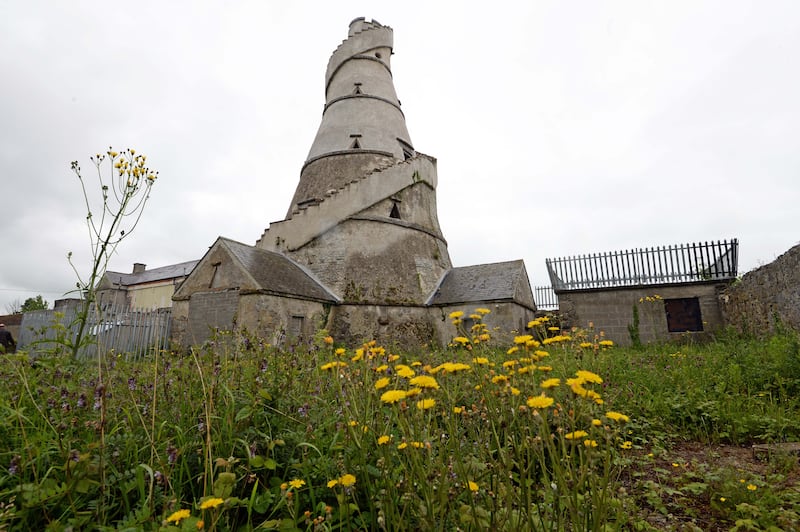
Some would class a great deal of contemporary building as folly, but think instead of follies as architecture that is art – in that it doesn’t have any particular function except to be amazing. To be fair, the Towers at Ballysaggartmore, in Co Waterford, were originally constructed as gatelodges, for a castle that was never built, but they certainly represent the folly of grandiloquent pride. Ireland’s largest folly, the Jealous Wall at Belvedere House in Westmeath, was built as a ruin, to obscure the view between two feuding brothers in the 18th century. But the winner, in name as well as fabulousness, is the Wonderful Barn, in Co Kildare. Grainstore, dovecote or just because they could, the Wonderful Barn was built on the Castletown Estate in 1743.
Converted classics

Breathing life into old buildings, conversion is becoming timely again, as the greenest building is often the one that already exists – it’s all to do with embodied carbon. O’Donnell + Tuomey’s Irish Film Centre was done in the early 1990s, and is still a pleasure, while McCullough Mulvin’s Butler Gallery, in Kilkenny, does old meets new brilliantly, as does Scott Tallon Walker’s Museum of Literature Ireland. It’s a crowded category, but my winner is another McCullough Mulvin conversion: Rush Library, in north Co Dublin. Churches have always had a way with light, but the 2009 reimagination elevates book browsing to something brilliant and beautiful.
Galleries and museums
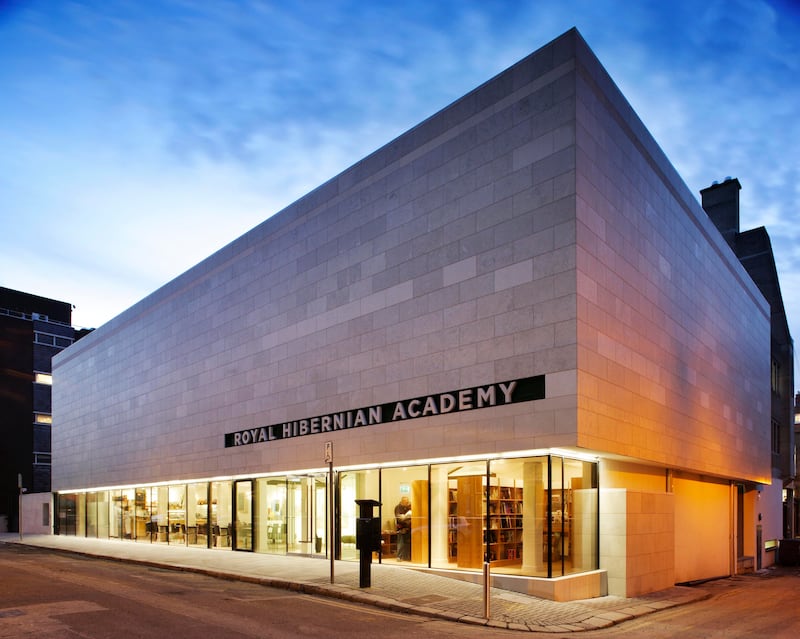
Speaking of the Butler, galleries and museums are a category all of their own, and when it comes to new builds it’s often considered an architect’s dream job. In some cases it’s really all about the architecture, as with Belfast’s Titanic, where Eric Kuhne’s building is chock-full of symbolism, dedicated to the doomed ship and all who sailed in her. In others the architecture gives room for the art and artefacts to have their say too. The Glucksman Gallery (O’Donnell + Tuomey), at Universitsy College Cork, has won all sorts of awards, but it’s a tricky space, as is the Douglas Hyde (Paul Koralek), at Trinity College Dublin. The Visual (Terry Pawson), in Carlow, is dramatic, but the circulation can be confusing. It’s a hard one, as it’s also easy to confuse content with architecture when it comes to galleries, and end up falling for a building because you tend to love the exhibitions it contains as well as the container surrounding them. Current winner? The Royal Hibernian Academy, originally by Raymond McGrath and Arthur Gibney, and more recently updated by HJ Lyons.
Green buildings
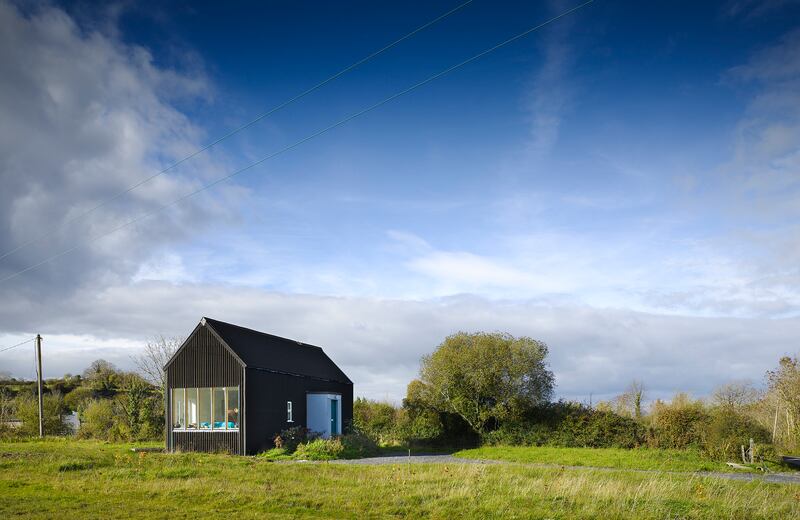
While these days it’s all about retrofitting, new builds can be green builds too. In Temple Bar, de Blacam and Meagher’s Wooden Building shows how you can get density into the city centre with a beautiful timber build. It was an RIAI silver medal winner in 2000/02. Also in Temple Bar, the Green Building was another early adopter of ecocredits. Built in 1994, Murray O’Laoire’s building features a geothermal pump, solar panels and plenty of natural light. A smaller vanguard building, also in Dublin, is the Daintree, by Solearth in 2005, which uses materials including bamboo and sheep’s wool, and recycles rainwater. These buildings were in advance of their time, and not all their experiments were successful, but they paved the way for today’s A-rated buildings. My winner here, however, proves that green architecture doesn’t have to cost the earth, in all sense of the word: Dominic Stevens’ house, in Co Leitrim, was designed by the architect, and built for just €25,000 in 2010.
Best sleepover spaces
It’s a cliche that architects’ own homes are never fully finished, but devotees of the annual Open House extravaganza, which takes place each October, can get plenty of inspiration from the places and palaces they’ve created for their clients. But if you can’t commission your own architectural masterpiece, you can still get to sleep in some. At the older end of the scale, the Irish Landmark Trust restores some of Ireland’s brilliant buildings, so you can soak up all sorts of building styles with a sleepover. Try the 19th-century Annes Grove Gatelodge, a miniature castle, built to impress visitors to the main house in Co Cork. Then there’s Batty Langly, a neo-Gothic gem of a spot in Co Kildare; and Wicklow Head Lighthouse, built in 1871, where you sleep in round rooms in the tower itself. But the winner, for the way it demonstrates that old and new can live in harmony, and so can you, is Robin Walker’s Bothar Bui, a renovated farmhouse plus modernist pavilions sited overlooking Kenmare Bay. It’s available for short-term rentals.
Worshipful buildings
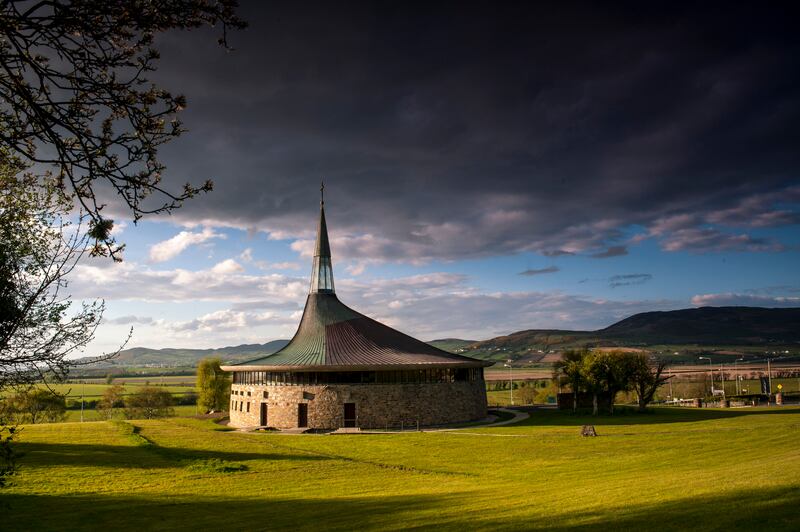
We’re not short of churches in Ireland. From small rural chapels to the soaring Cormac’s Chapel, on the Rock of Cashel, and Christ Church in Dublin (both 12th century), there are plenty to explore. Co Wexford is particularly rich in churches by August Pugin, whom Cardinal Newman called a man of genius. At University College Cork, the Honan Chapel has been completely renovated. Built in 1915, it is relatively plain though perfectly pretty outside, but inside includes glorious Celtic-revival artworks by Imogen Stuart and Harry Clarke, among others. Picking a winner here is another tricky number. Churches are as much beloved for the experience and sense of spirit within as their architecture (though some might argue they are one and the same), but the winner is Liam McCormick’s St Aengus’ Church in Burt, Co Donegal, from 1967. McCormack, who also designed the Met Éireann building in Glasnevin in Dublin, built seven churches across Donegal, where he found new ways for light to dance, through plain and stained glass, often by Helen Moloney. They are referred to as the Magnificent Seven.
[ A celebration of stone and the mason's artOpens in new window ]
Once-hated buildings

The word “Gothic” as an architectural description was actually coined as a term of abuse, and it is rare for architecture to be universally adored when first built. Éamon de Valera’s government planned to demolish the Viceregal Lodge in Phoenix Park. It is now Áras an Uachtaráin. Other once-hated buildings in Ireland include Liberty Hall (still loathed by some), Sam Stephenson’s former Central Bank Building on Dame Street, and Arnold Hendy’s art-deco Archer’s Garage on Fenian Street, which was demolished in 1999 by the developer Noel O’Callaghan, who quite probably hadn’t imagined the authorities would insist he rebuild it. Across Ireland, beautiful buildings are neglected, especially in our rural towns, but as this category is all about outright aversion, the winner is Sunlight Chambers, on Essex Quay in Dublin. Designed in 1900 by Edward Ould in the style of an Italianate villa, it includes glazed panels depicting the history of hygiene, all of which inspired the Irish Builder journal at the time to describe it as the ugliest building in Dublin.
Look more closely at the streets and lanes of Ireland and you’ll find more masterpieces, from cool castles to extraordinary domestic extensions, office blocks and hospitals, social housing to school buildings, which as Yvonne Farrell, of the multi-award-winning practice Grafton Architects, notes, are many young people’s first experience of architecture. We have an enormous range and wealth of talent, and, as we have seen, not all of their work is immediately universally adored. To tell the truth, some could do with a wrecking ball, but before we get carried away, give them time. You never know, they just might grow on you.
Entries for the RIAI Awards 2023 are open until March for all RIAI members who are registered architects. Jury visits take place between March and May. The Public Choice vote for Ireland’s favourite building will run in early June. Winners will be announced later that month



















